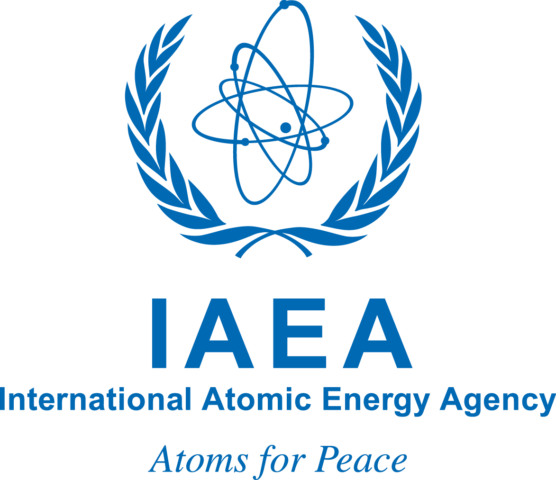The International Atomic Energy Agency (IAEA) will conduct a two-day exercise starting on 21 June 2017 with 79 Member States and 11 international organizations to evaluate emergency response in a severe nuclear accident simulated at a nuclear power plant in Hungary. The IAEA will also evaluate the consistency of response actions taken by States to identify good practices as well as areas requiring improvement.
 Large exercises of this kind are conducted every three to five years to test arrangements in place to fulfil the Convention on Early Notification of a Nuclear Accident and the Convention on Assistance in the Case of a Nuclear Accident or Radiological Emergency. Based on a national exercise being conducted in a Member State, these exercises are designed to evaluate emergency response arrangements and capabilities for a severe nuclear or radiological emergency, regardless of its cause.
Large exercises of this kind are conducted every three to five years to test arrangements in place to fulfil the Convention on Early Notification of a Nuclear Accident and the Convention on Assistance in the Case of a Nuclear Accident or Radiological Emergency. Based on a national exercise being conducted in a Member State, these exercises are designed to evaluate emergency response arrangements and capabilities for a severe nuclear or radiological emergency, regardless of its cause.
Over 36 hours, Hungary, as ‘Accident State’, the IAEA, other Member States and international organizations will collaborate using their emergency plans and procedures as well as bilateral agreements and international arrangements.
Ensuring the capacity to assess, notify, coordinate and respond to nuclear emergencies is one of the key areas under the International Health Regulations (IHR 2005).
In this regard WHO is participating in the IAEA simulation exercise. The specific objectives are to evaluate notification under the International Health Regulations, inter-agency coordination, some elements of WHO`s new emergency response framework, the provision of technical assistance and communication procedures.
The exercise scenario was developed by the Paks Nuclear Power Plant and the Hungarian Atomic Energy Authority. The international dimension of the exercise was coordinated by the Inter-Agency Committee on Radiological and Nuclear Emergencies (IACRNE), composed of 18 international organizations.
